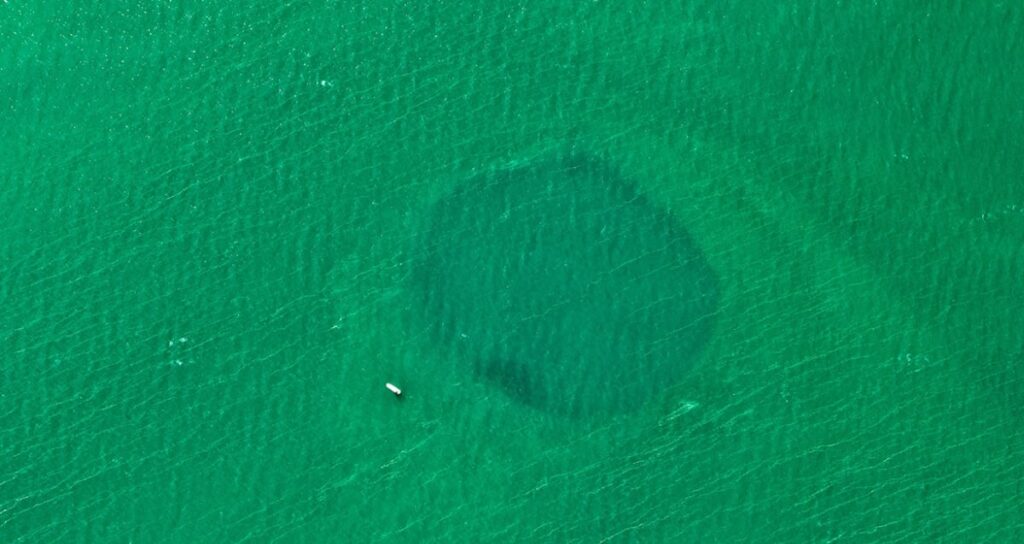
Now recognized as the deepest blue hole on Earth at a depth of 1,378 feet, the Taam Ja’ ocean sinkhole located in Mexico’s Chetumal Bay has surpassed the competition by hundreds of feet — and experts still don’t know how deep it goes.

First discovered in 2021, Mexico’s Taam Ja’ Blue Hole was originally believed to be 900 feet deep. But a diving expedition in December 2023 showed that the Taam Ja’ Blue Hole was much, much deeper, extending at least 1,378 feet below sea level.
This staggering discovery means that the Taam Ja’ Blue Hole is the deepest underwater sinkhole known to science — and nearly 400 feet deeper than the previous record-holder, the Sansha Yongle Blue Hole in the South China Sea, also known as the “Dragon Hole,” which extends 987 feet below sea level.
A study detailing the expedition into Taam Ja’ was released on April 29, 2024 in the journal Frontiers in Marine Science, in which study authors revealed that the sinkhole’s bottom had not yet even been reached — and that a complex series of caves and tunnels may be contained within it.
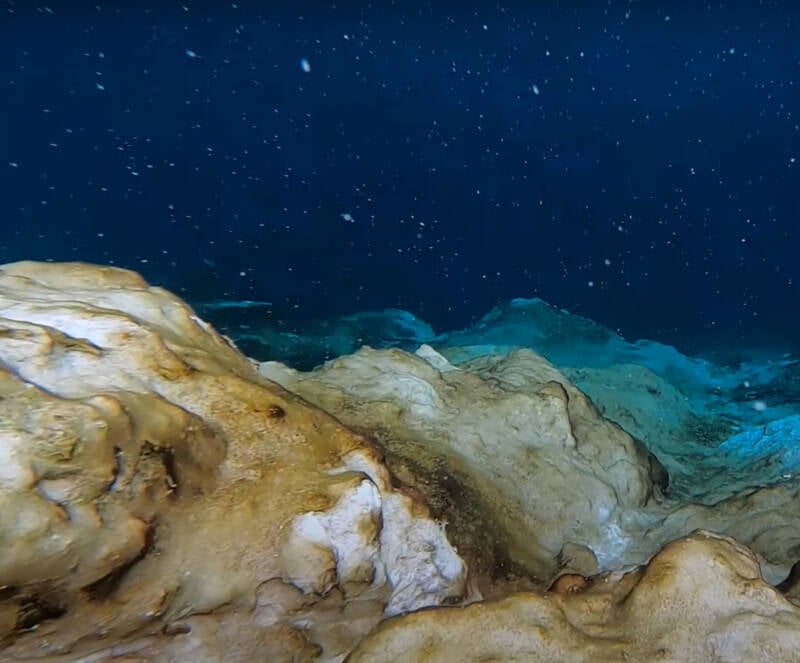
What Are Blue Holes?
Exploration of deep underwater sinkholes — dubbed blue holes — has been an ongoing scientific trend in recent years, particularly in Mexico’s Chetumal Bay and the regions near the Yucatan Peninsula.
Other similar sinkholes, such as Belize’s Great Blue Hole, have proven to be popular destinations for divers and tourists alike, though they can also be quite dangerous. And the Great Blue Hole is only 410 feet deep — a fraction of the depth of Taam Ja’ Blue Hole.
But what, exactly, are these underwater sinkholes?

Like sinkholes that appear on land, blue holes are deep vertical caverns found in regions where the ocean’s bedrock is made of a soluble material.
A few examples include limestone, marble, and gypsum, the dissolution of which can lead to massive underground passages and cave systems. Some, however, may also have been caused by vertical reef development.
In either case, the end result is a deep, underwater void. Ranging in size and depth, blue holes are a fixture of scientific fascination as they often lead to revelations about marine life that once inhabited the region, bacterial colonies, and diverse microbes.
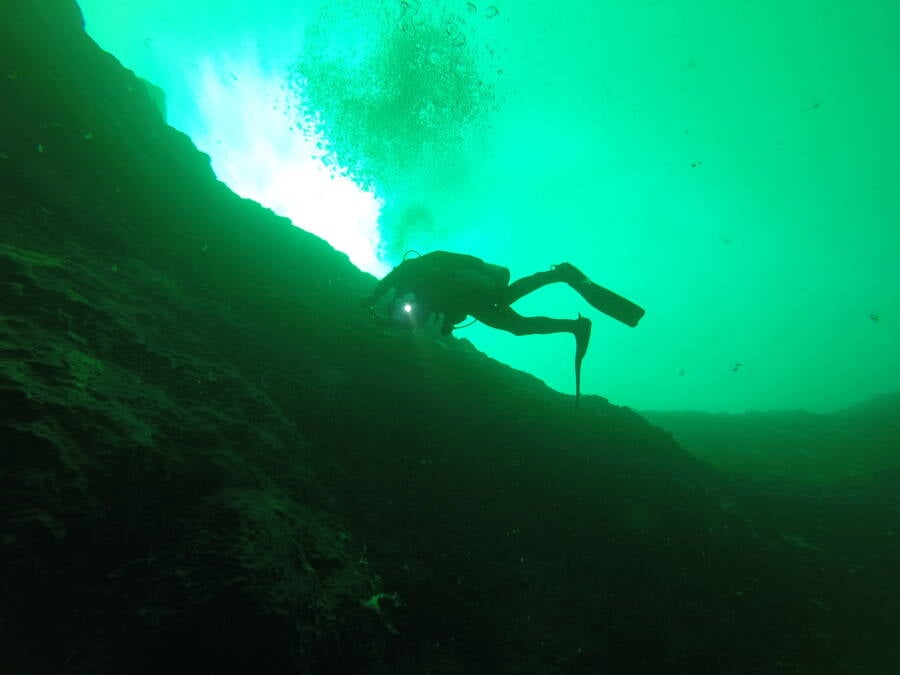
There is almost certainly a level of morbid curiosity on display here as well, given the dangerous nature of these deep underwater chasms’ unexplored depths (those who experience thalassophobia will understand).
Of course, measuring the depth of blue holes isn’t as simple as taking a measuring tape and diving into the abyss.
Identifying The Taam Ja’ Blue Hole As The World’s Deepest Ocean Sinkhole
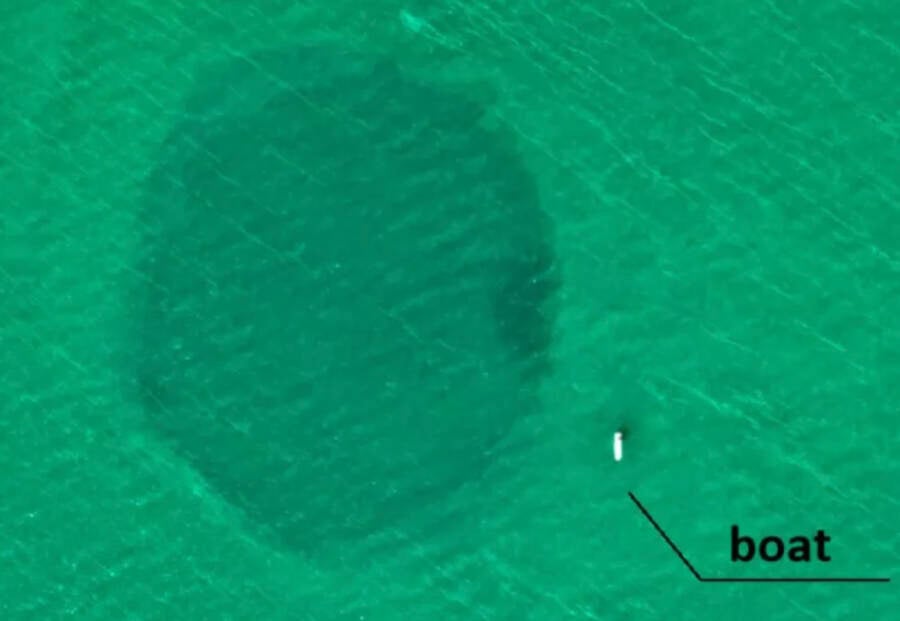
To determine the depth of Taam Ja’, the research team used a CTD profiler, which stands for “conductivity, temperature, and depth.” Using various electronic instruments, they could transmit the underwater environment’s properties back to the surface, then characterize those components and compare them with similar data sets.
Technological advancements between 2021, when Taam Ja’ was first discovered, and the end of 2023 enabled researchers to more accurately gauge the depth of the blue hole.
“Echosounding techniques were employed to delineate the morphological features within the blue hole in 2021, resulting in a maximum recorded water depth of 274 meters and resembling a conic shape,” study lead author Juan Carlos Alcérreca Huerta tells All That’s Interesting via email.

However, Alcérreca Huerta explained, those echosounding techniques presented a number of limitations, largely derived from the presence of pycnoclines — a layer in a body of water in which density rapidly increases with depth. These layers can act as “obstacles for the sound propagation,” meaning certain changes in water density, temperature, and salinity could interfere with readings.
That issue could be made even worse by the presence of underwater caves that “deviate from strictly vertical orientations.” The CTD casts conducted in late 2023 helped researchers to confirm the true depth of the hole.
“On December 6, 2023, a scuba diving expedition was conducted to identify the environmental conditions prevailing at the TJBH,” they wrote in the study. “Recent CTD profiler records in TJBH surpassed 420 mbsl [meters below sea level] with no bottom yet reached, establishing the TJBH as the deepest-known blue hole globally.”
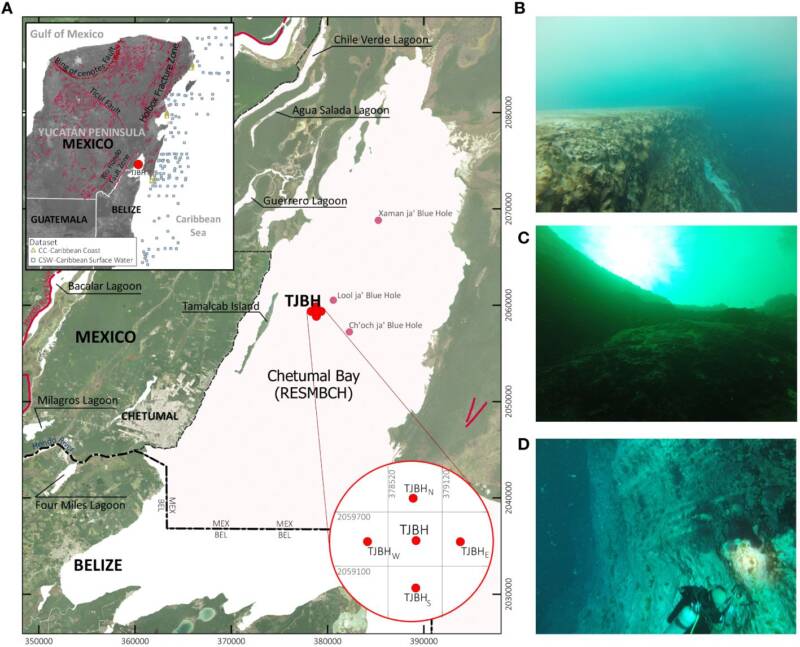
Additionally, the CTD revealed that roughly 1,300 feet below sea level, the Taam Ja’ Blue Hole’s water temperature and salinity increases, which could hint at some sort of geothermal activity at that depth, or possibly volcanic or tectonic processes at play.
The salinity at that depth is also similar to the salinity of the Caribbean Sea, suggesting that the two may be connected via a series of deep underground tunnels.
Further Mysteries About The Taam Ja’ Blue Hole
All of this is to say that the Taam Ja’ Blue Hole is likely even deeper than the new measurements suggest. The researchers noted that further investigations would be required to determine the true depth and properties of Taam Ja’.
View this post on InstagramA post shared by Melodie Treviño (@watermelodie)
“Further research and implementation of underwater navigation technologies are essential to decipher its maximum depth and the possibilities of forming part of an interconnected system of caves and tunnels,” they wrote in the study. “Within the depths of TJBH could also lie a biodiversity to be explored and linked to physicochemical and geomorphological processes.”
While the technology has certainly improved from the time of Taam Ja’s initial discovery, the researchers noted that once again, technological limitations forced them to put an end to their investigation.
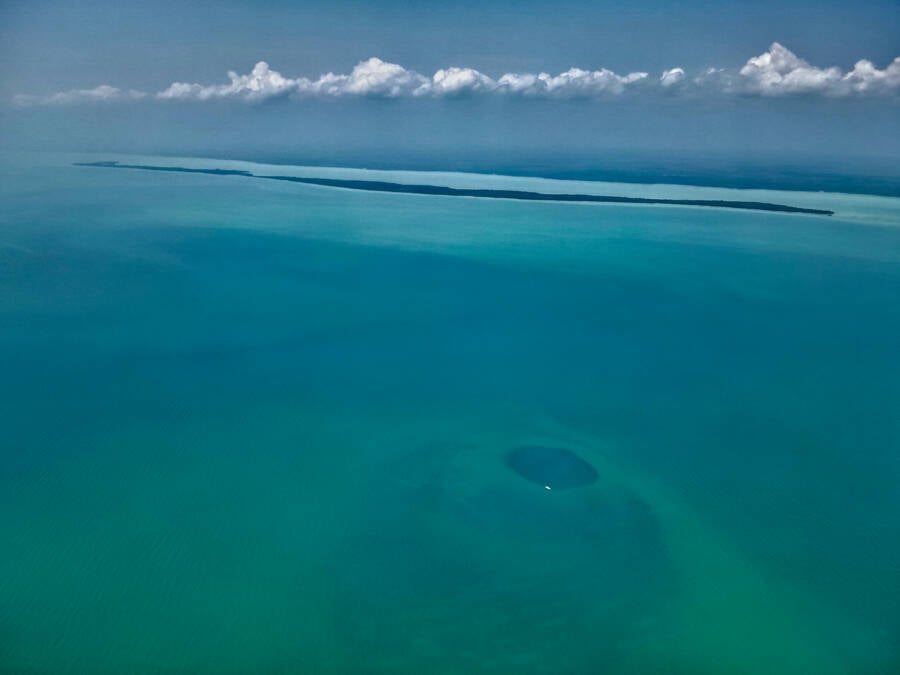
They did not announce any plans to remeasure Taam Ja’, but noted that in the future “advanced underwater navigation technologies” could help research teams gain an even greater understanding of the hole’s depths.
Additionally, Alcérreca Huerta noted that the research team would be investigating four other blue holes found in Chetumal Bay in October 2023, which could provide even further insight into these fascinating underwater formations.